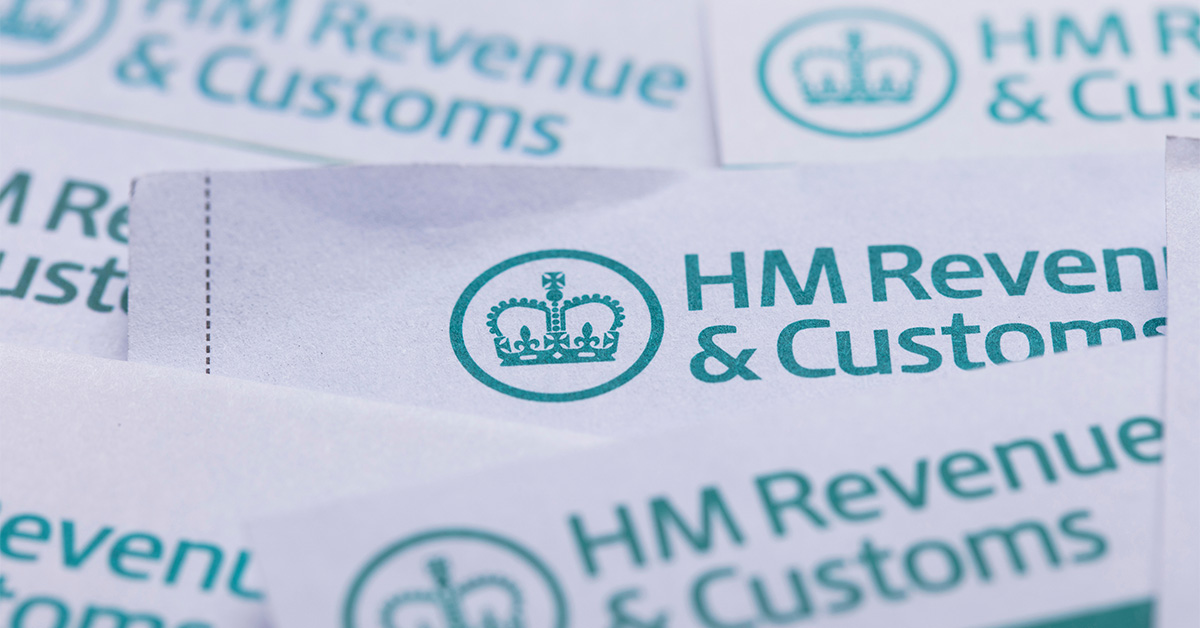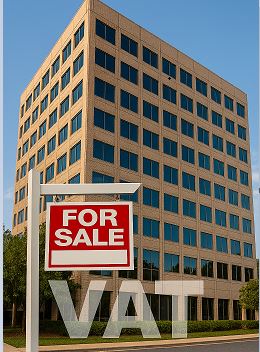Latest from our articles

October 21, 2025
Self Assessment. Flat £125. No Surprises.
Join UsCall UsOctober 22, 2025

When a business acquires a commercial property that has been opted to tax, it may assume that VAT incurred on the purchase and subsequent maintenance is automatically recoverable. However, this assumption can lead to costly errors. The ability to recover input VAT hinges not merely on the option to tax, but critically on whether the business makes taxable supplies.
Under Schedule 10 of the Value Added Tax Act 1994 (VATA 1994), businesses may opt to tax land and buildings, converting otherwise exempt supplies into taxable ones. Once exercised, the option allows the business to:
• Charge VAT on rents or sales of the property
• Potentially recover input VAT on related costs (e.g. purchase, refurbishment, maintenance)
However, opting to tax does not override the fundamental requirement under Section 24(1) VATA 1994 that input VAT must relate to taxable business activities.
HMRC’s internal guidance in VIT12100 and VATLP22590 confirms that input VAT is only recoverable where:
• The business is VAT-registered
• The costs are incurred in the course or furtherance of taxable supplies
If a company purchases an opted property to use as its own head office and does not make any taxable supplies, then:
• The property is not used to generate VATable income
• The VAT incurred on the purchase and maintenance is not recoverable
This principle is reinforced by Regulation 101 of the VAT Regulations 1995, which governs input tax deduction and requires a direct link between the expenditure and taxable supplies.
Many businesses mistakenly believe that:
• Opting to tax a property automatically allows full VAT recovery
• Internal use of the property for business operations qualifies as a taxable supply
In reality, internal use is not a supply for VAT purposes. If the business does not charge VAT on any goods or services, it is not engaged in taxable activity — and input VAT recovery is blocked.
Regulation 111 of the VAT Regulations 1995 allows recovery of pre-registration VAT on goods (up to 4 years) and services (up to 6 months), but only if:
• The business is VAT-registered
• The costs relate to future taxable supplies
If the business remains fully exempt or non-trading, Regulation 111 does not apply. HMRC’s guidance in VIT32000 and VIT32100 outlines the conditions and limitations of this relief.
VAT recovery may be permitted if:
• The business begins making taxable supplies from the property (e.g. subletting with VAT charged)
• The property is used in part for taxable activities, allowing partial exemption treatment under Regulation 101(2)(c)
• The business intends to make taxable supplies and can demonstrate this to HMRC
In such cases, input VAT recovery may be allowed, subject to apportionment and compliance with HMRC’s partial exemption guidance in PE10000 series.
Opting to tax a property is a strategic decision, but it does not guarantee input VAT recovery. Businesses must ensure that the property is used in connection with taxable supplies, and that their VAT registration status aligns with their intended use. Before incurring significant VAT-bearing costs, it is essential to assess the VAT recovery position in detail — ideally with professional advice and reference to the relevant legislation and HMRC guidance.

October 21, 2025